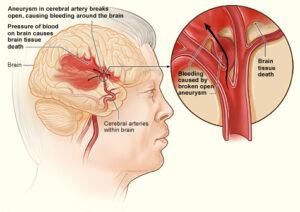Nursing and Interprofessional management
- Care is directed toward
- Prevention of sequelae from disease
- Alleviating manifestations from complications
- Minimizing end-organ damage
- Promptly treating serious sequelae
- Hospitalized patients in sickle cell crisis
- O2 for hypoxia and to control sickling
- Vigilance for respiratory failure
- Rest with DVT prophylaxis
- Administration of fluids and electrolytes
- Transfusion therapy
- Chelation therapy with repeat exacerbations
- Under-treatment is a major problem
- Pain management
- Often pain medication tolerant
- Require continuous and breakthrough analgesia with morphine and hydromorphone
- Multimodal and interdisciplinary approach involving emotional and adjunctive measures
- Treat infections
- Administer folic acid
- Hydrea is only antisickling agent shown to be clinically beneficial
- Hematopoietic stem cell transplantation (HSCT) is only available cure
- Patient and caregiver teaching and support are important
- How to avoid crises
- Importance of prompt medical attention
- Pain control
Patient education
- Avoidance of high altitudes
- Maintenance of adequate fluid intake
- Proper treatment of infections
- Immunizations for pneumonia, Haemophilus influenzae, influenza, and hepatitis should be given.
- Direct patient to seek medical attention quickly when symptoms return.




